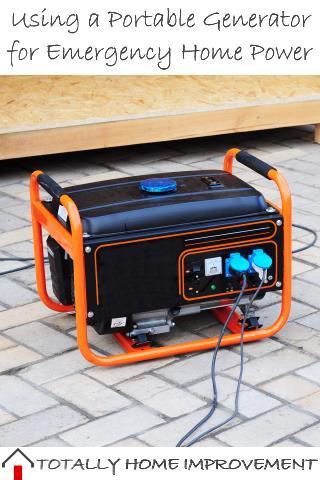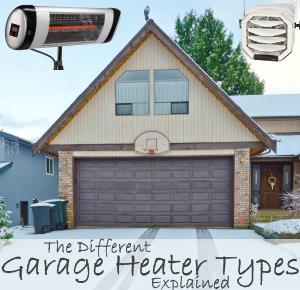
I live in an area where during the annual storm season we can lose mains electricity from time to time. I also work from home so this can get a bit frustrating and this year I plan to be prepared so I've been looking into generator options.
There's a bit of planning you need to do to work out what type of generator to get, and I've done mine so I'll share the steps I've gone through and that will hopefully be a good guide for you when working out what you need.
1. Decide what you're going to run during a blackout
I've decided that all I need in emergencies is to run my computer and keep my internet connection up. So I need to keep my computer, 2 monitors and speakers and microphone running while charging my smartphone for the internet connection - I use a wireless internet connection for backup because the landline can go down at the same time the power fails.
By the way laptops are better than desktop computers for this situation because you can unplug the laptop long enough to make coffee or do some basic cooking if your generator doesn't produce enough power to do both at the same time.
2. Find out how much peak power each item uses
To find out how much power your appliances and gadgets use you can simply look them up on the internet or check for their ratings which are usually written on them - there are two things to watch out for:
- Make sure you find the power Consumption rather than the Output - EG a microwave oven might be prominently labelled as 1,000 watts but that's the cooking power when the total power consumption might be 1,400 watts
- Find out what the start up power requirement is - things with motors like air conditioners will often consume up to 3 times more power to start up than they do to run.
3. Work out how much power your generator needs to produce
This step is really important because it will effectively determine how loud your generator is going to be while running - you mightn't think that 80db is all that much, but once your generator has been running at this volume for a couple of hours you might start to think differently - and if you have neighbors nearby they definitely will.
Now that you have all your power numbers, simply add them up then multiply the total by 1.25. You need to add in a 25% margin to be on the safe side because some appliances can hit higher peaks than you expect and there's no point blowing the fuses on your generator - that kind of defeats the purpose of the exercise.
In my case it all adds up to a peak power consumption of about 750 watts.
This means I need 750 x 1.25 = 937.5 watts - so a 1,000 watt generator will do the job, and these are usually the quietest.
4. Make sure you get the right kind of generator
Sensitive computer equipment and battery chargers require power with a smooth sine wave output waveform - you don't really need to know the technical details, just make sure the generator you get is rated to work with computers. Sometimes they'll have a power stability rating saying they are an inverter generator or use digital inverter technology - that means they produce the smooth output you need.
5. Get the quietest generator you can
You generally want to stay under 80db - I'm actually aiming for less than 70db which is why I've chosen to keep the power requirement as low as possible. Most new portable generators under 2,000 watts will fit the bill, but make sure you check the specifications. One tricky thing here is that different manufacturers list different noise levels - some talk about operational levels while others say what the level is at 1/4 load - if you're unsure ask the shop you're buying it from.
I'm looking at the Honda EU range known as 1000i in the US and 10i in the UK. but there are also some good options from Yamaha designed for home and camping as well.
If your generator is too loud then there are a few tricks you can do to quite it down a bit - take a look at these DIY projects on YouTube.
6. Never run a generator inside
Like all fossil fuel burning appliances, generators produce carbon monoxide gas which can be lethal. Never run one inside your home, garage, motor home, caravan, or tent - no enclosed spaces whatsoever.
Category:




